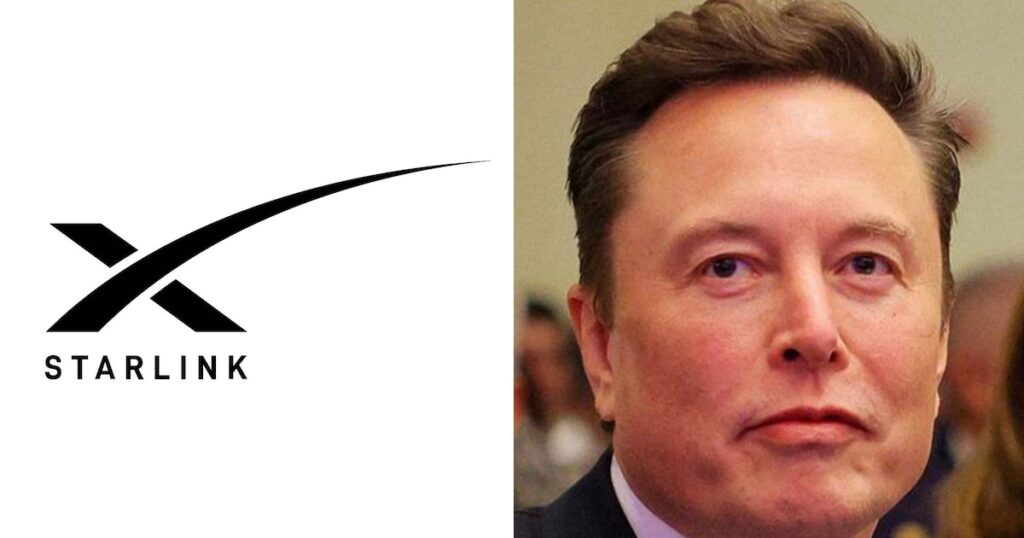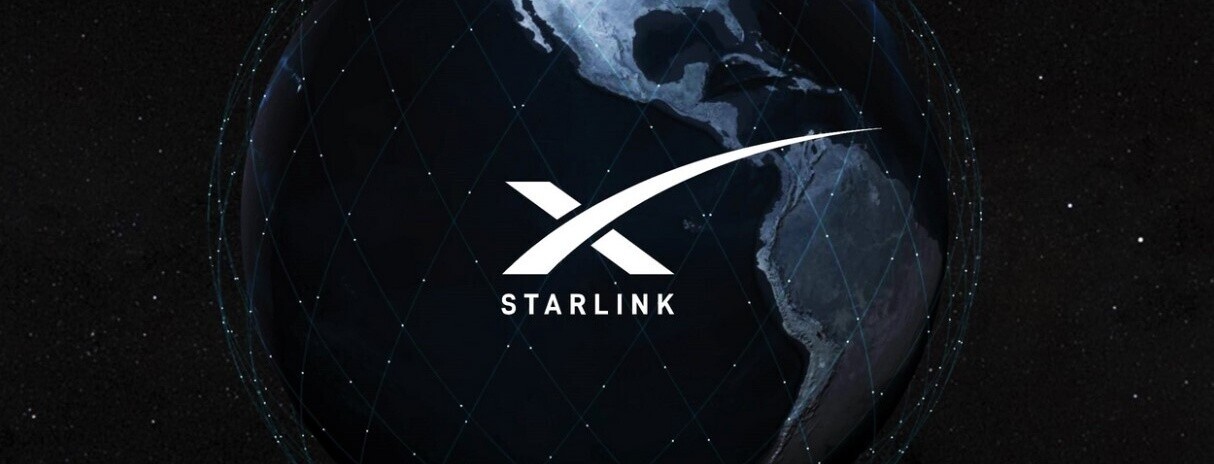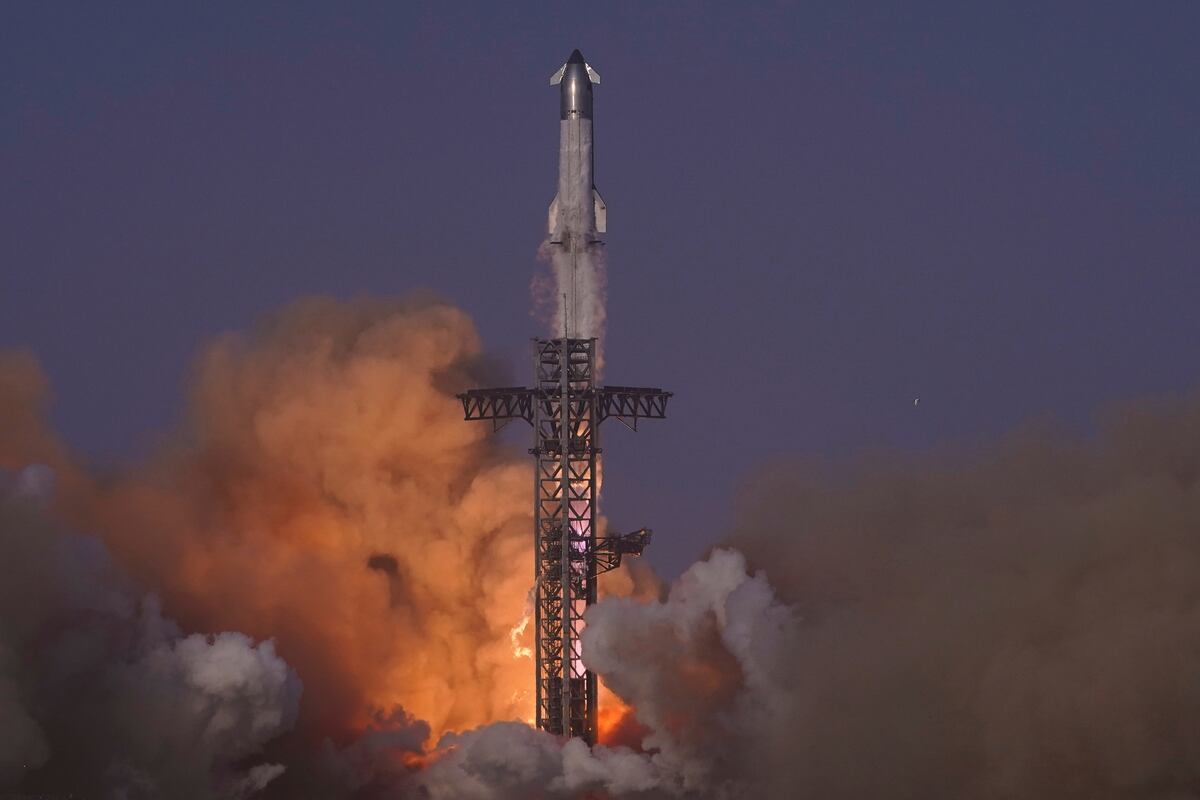- Starlink was activated over Iran following the internet blackout decreed by the Iranian government during a period of tension with Israel.
- More than 20.000 Starlink terminals are circulating in Iran on the black market, allowing alternative access to the network in the country.
- The internet blackout reduced national connectivity by almost half, according to independent monitoring organizations.
- The Starlink challenge has intensified the clash between Iranian state control, censorship, and international satellite technology.

The recent escalation of tension in the Middle East has once again placed digital connectivity at the center of international debate. Internet access in Iran has been severely limited due to government measures implemented following military attacks launched by Israel on strategic Iranian targets.
In this context, the name of Elon Musk and the system Starlink satellite internet have gained special relevance. A brief publication by the businessman on the social network X (“The beams are on”) has confirmed the enabling service in Iranian territory, a movement that represents a challenge directly to the digital control imposed by the Tehran regime.
Digital blackout and satellite response

Following the recent israeli attacks’s most emblematic landmarks, the Iranian Ministry of Communications announced “temporary restrictions” on digital access: the decision sought to isolate the population from external sources of information under the argument of maintaining internal security after what they considered a foreign aggression.
The data from monitoring organizations as NetBlocks points out that Internet traffic in Iran fell by nearly 50%. after the blackout was imposed, leaving millions of people in the country disconnected from social media, messaging, and news services.
The Starlink satellite network, deployed by SpaceX, allows internet access without relying on local telecommunications infrastructure. The activation announced by Musk has facilitated that many Iranians, especially those who have access to Starlink antennas and terminals through unofficial channels, can reconnect and circumvent the information blackout.
Illegal connectivity and its impact on state control
The estimates They point out that currently Around 20.000 Starlink terminals are operating in Iran., many of them introduced through clandestine networks or on the black market. Although the service is not officially authorized In the country, these devices have become a key tool for activists, journalists and citizens what do you want maintain access to uncensored information.
The use of these systems not only involves legal risks for those who own them, since the Iranian government considers the operation of unsanctioned internet services illegal, but also has prompted international calls to the control of these terminals. Following previous episodes of activation, such as those that occurred in 2022 during the protests following the death of Mahsa Amini, the International Telecommunications Union urged blocking the unauthorized network, although the dispersion and difficulty of tracking have made it difficult that the measure is effective.
While Starlink does not usually issue official statements about its service in areas with restrictions, the Musk's public confirmation ha revived the tension between the company and the Iranian authorities, who consider a threat to its capacity to maintain information control.
Starlink's role in conflicts and "digital warfare"

La satellite technology in war contexts is not unique to Iran. Starlink's previous experience in other conflict regions has demonstrated the value of these systems to ensure communication when traditional infrastructures have been affected or blocked.
This episode also has serious consequences on the political and military scene: the Israeli offensives They left several casualties Among senior Iranian military officials, such as Major General Mohammad Bagheri and Commander Hossein Salami. In response, Israeli Prime Minister Benjamin Netanyahu addressed the Iranian people directly. encouraging them to respond to the Islamic regime and highlighting that the confrontation it is not against the citizens, but against the country's authorities.
Technological challenges and risks for users
Although the presence of Starlink offers an alternative for those who seek information and communication freely, is not without difficulties. The service not officially available in Iran and access its terminals involves legal risks, in addition to the possibility of prosecution by the authorities. In other countries with similar restrictions, possessing these devices may carry prison sentences.
There are also doubts about the operability of advanced services such as 'Direct to Cell', given that, for the moment, This feature has only been enabled in countries with local telephone agreements, such as the United States, Canada, or Japan..
The underlying question is how far technology can go to limit state censorship or surveillance in conflict scenarios. Every time a Starlink antenna comes into operation in Iran, the official information barrier loses effectiveness, But also pressure increases on those who defy the restrictions.
The situation in Iran illustrates how the global connectivity, driven by private technology initiatives, introduces new variables in the struggle for control of information in crisis zones. The “digital war” is no longer fought only with national cables and servers, but also with thousands of satellites in the sky y hidden terminals in homes, offices and corners of Iranian society.
Recent events have shown that, despite the tightening of censorship and attempts to completely shut down the Internet, Satellite technology opens unexpected avenues of communication For those affected by state-run blackouts, Starlink remains at the center of controversy, between innovation and political challenge, as Iranian society and the international community watch how this new battle for connectivity and digital freedom evolves.
I am a technology enthusiast who has turned his "geek" interests into a profession. I have spent more than 10 years of my life using cutting-edge technology and tinkering with all kinds of programs out of pure curiosity. Now I have specialized in computer technology and video games. This is because for more than 5 years I have been writing for various websites on technology and video games, creating articles that seek to give you the information you need in a language that is understandable to everyone.
If you have any questions, my knowledge ranges from everything related to the Windows operating system as well as Android for mobile phones. And my commitment is to you, I am always willing to spend a few minutes and help you resolve any questions you may have in this internet world.
